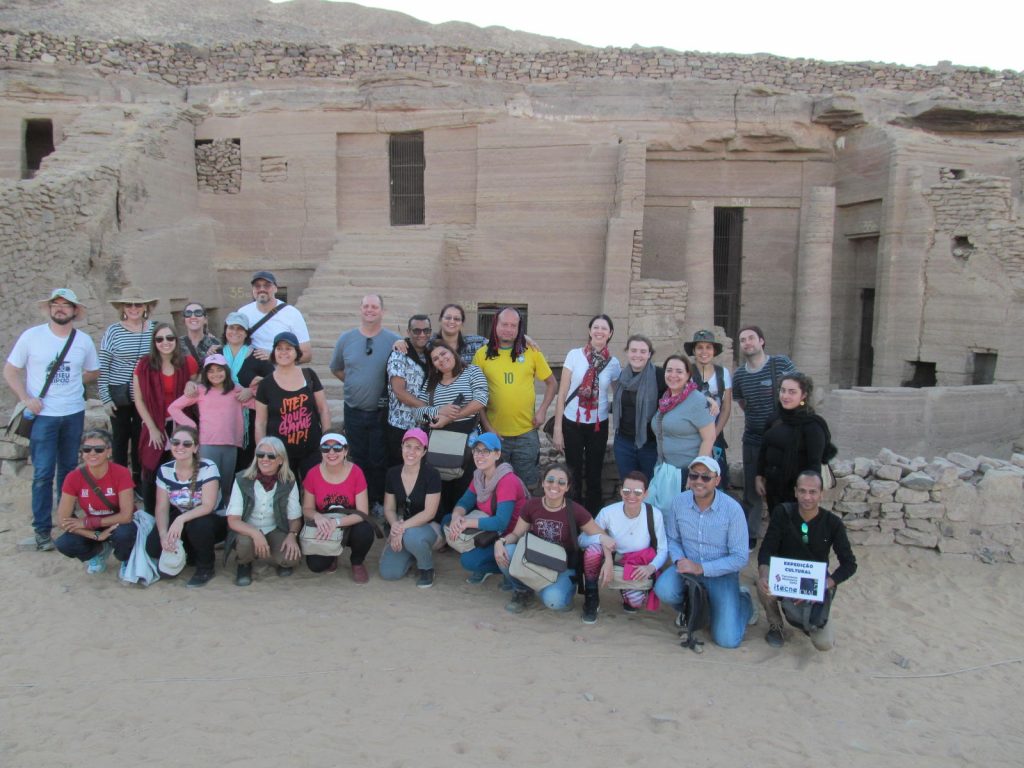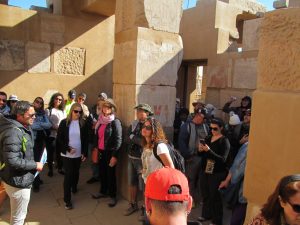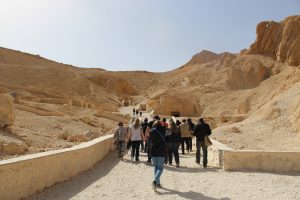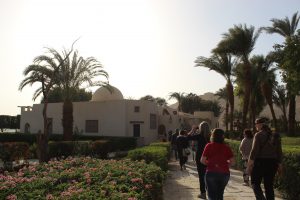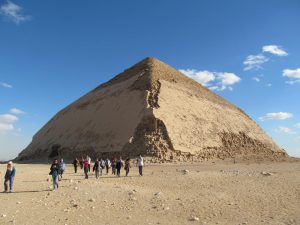São Paulo –Moacir Elias dos Santos, coordinator of Paraná, Brasil college Itecne’s Specialization Course in Ancient and Medieval History arranged a trip to Egypt that doubled as an extension course last January. The result was so great he intends to have another excursion in October.
“We went places tourists seldom go to,” the professor said. “We have been to sites even the (local) guide wasn’t aware of,” he said. As a case in point he cited the tombs of Ancient Kingdom-era noblemen in Aswan (pictured above), in Southern Egypt.
Visits were also made to the Valley of the Nobles in Luxor, home to hundreds of tombs dating from the Sixth Dynasty (2345-2150 BC) to the Greek-Roman Period (332 BC- 395 AD); to the fabulous tomb of Queen Nefertari, the favorite wife of Ramesses II, the Great; and the home of Howard Carter, the British Egyptologist who discovered king Tutankhamun’s grave in 1922.
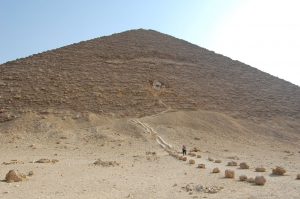
The students and professor also visited Dahshur near Cairo. This is the site of the Red Pyramid – Egypt’s first “true” pyramid, built by pharaoh Snefru (2613-2589 BC), the father to Khufu, the builder of the biggest of all pyramids.
The monument’s name probably stems from the color of the stones used in construction. The Red Pyramid is the third largest in Egypt, outsizing even the tomb of Menkaure – which is one of the Great Pyramids of Giza.
Snefru, by the way, was a prolific pyramid builder. He’d made other attempts before getting it right with the Red Pyramid. One such attempt can also be seen in Dahshur – the Bent Pyramid, whose sides start at an angle from the ground, which turns sharper halfway through to the top.
According to Santos, 70 people joined the course in two groups of 35. “It was a varied audience,” he said. The groups comprised professors and people who took the trip on their own.
(Story continues after photo gallery)
Before returning to Egypt, Santos will take a similar trip to Peru, where he had a course-trip in early 2018.
Santos is an archaeologist and besides being professor, he’s in charge of conserving the Egyptian mummy Tothmea, which is on display at the Rosicrucian Egyptian Museum in Curitiba.
Translated by Gabriel Pomerancblum



